The work in excellent condition is offered in a beautiful carved wooden frame which measures 74 cm by 57 cm and 55 cm by 38 cm for the canvas alone.
It represents a still life with fruit, a bottle of wine, a glass and a sugar box placed on the artist's Provençal Louis XV sideboard, certainly in the Mas de Martin in Graveson, the painter's home.
It is signed at the top right, titled “Dans une maison provençale” and countersigned on the back, an exhibition label bearing the number 93.
Entering the Avignon School of Fine Arts in 1896, Auguste Chabaud's master was Pierre Grivolas. Then in 1899, he left for Paris to continue his studies at the Académie Julian and the École des beaux-arts, in the studio of Fernand Cormon (1845-1924). He met Henri Matisse and André Derain. His parents' wine estate suffered the crisis of 1900, forcing Auguste Chabaud to return to the South. In 1901, Auguste Chabaud had to leave Paris to earn a living, he embarked as a pilot (or pilot) on a ship and discovered the west African coast. The same year his father died; he inherits with his brother the wine property and the land that only his brother will manage. During this period, Chabaud worked a lot on butcher paper. From 1903 to 1906, he did his military service in Tunisia, from where he returned with sketchbooks filled with local images, including numerous drawings of soldiers, natives and bar scenes populated by girls and sailors. . Back in Paris, Chabaud began in 1907 at the Salon des Indépendants exhibiting among the Fauves. He will discover a new life, that of the Parisian night and cabarets. Collectors are starting to take an interest in his work. In Montmartre where he has his studio, he paints busy or deserted streets and squares, nightlife scenes and brothels. In 1911, he began his Cubist period, working in large formats and sculpting. Numerous exhibitions followed, including that of New York in 1913 where he exhibited alongside Henri Matisse, André Derain, Maurice de Vlaminck and Pablo Picasso, then in Chicago and Boston. His paintings from the Fauve period describe Parisian nightlife: cabarets, cafés, theaters, prostitutes, in bright colors (yellow, red) contrasting with the colors of the night (navy blue, black). Upon his return from the First World War, in 1919, Auguste Chabaud settled permanently in Graveson, in the Alpilles. From 1920, he began his blue period (he used Prussian blue in its pure state) in which Provence, its characters and its customs were highlighted. The South, which he never stopped painting, even in his Parisian period, will henceforth occupy him exclusively. As Paul Cézanne had done with the Sainte-Victoire mountain, Auguste Chabaud immortalized “la montagnette”, painting countryside scenes, peasants surveying the hills and paths of the Alpilles. He remained there until the end of his life, living secluded in his house with his wife and seven children. Nicknamed the “hermit of Graveson”, he died in 1955. Some of his works can be seen in Marseille at the Cantini museum, in Paris at the national museum of modern art, at the museum of modern art of the city of Paris, and in Geneva at the Petit Palais. In 1992, the PACA regional council opened a museum in his honor in Graveson. Painters regularly pay tribute to him, such as Claude Viallat in 2003. Auguste Chabaud wrote poems and books such as: L'Estocade de vérité, Le Tambour Gautier, Je m'ai suis pour Démosthène. Works in public collections France
• Toulon, art museum: Villeneuve-lès-Avignon, oil on cardboard, 53 × 76 cm.
• Troyes, modern art museum: La Gare, 1907, oil on canvas, 73 × 100 cm.
• Center National Pompidou Beaubourg Museum Paris
• Hermitage Museum Saint Petersburg
• Vatican Museum Rome
• Swiss
• Geneva, Petit Palais museum.

























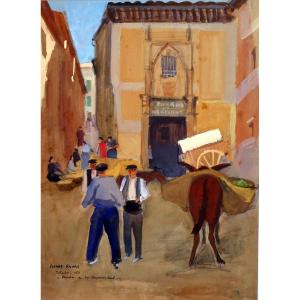
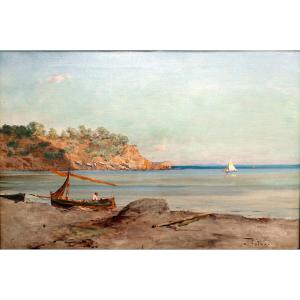



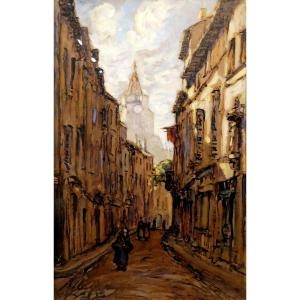

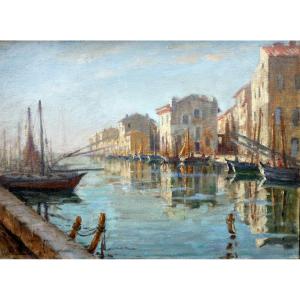


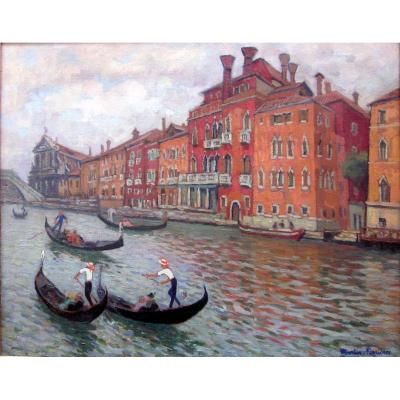



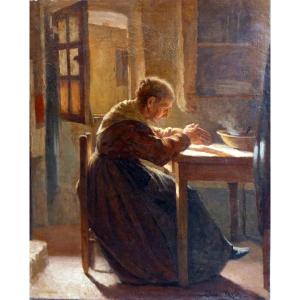

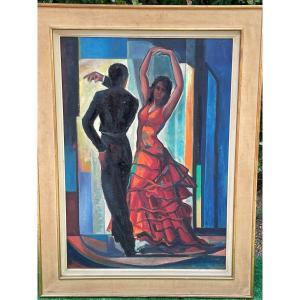






 Le Magazine de PROANTIC
Le Magazine de PROANTIC TRÉSORS Magazine
TRÉSORS Magazine Rivista Artiquariato
Rivista Artiquariato